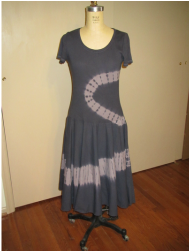
This is my first attempt. Here are the things I don't like about it.
1. The color ... I tried for taupe and black, but it's hard to get dark colors with dyes made for home use AND (very important!) the two colors chosen need to be able to bleed together and not turn into an unattractive color, because they will bleed!
2. The shapes are bad and the tying is too tight and close together.
Otherwise the basic construction is good.
For my second, blue, dress I found a 3/4 sleeve (which is what I wanted anyway) 100% cotton top at Macy's for $11 and I used heavier cotton for the skirt, but I used my 50% off coupon!
This tutorial is mostly about this first dress ... all comments about the second dress will be in red.
***********************************************************************************************
So, back to the tutorial ....
I looked through my stash at home to see if I had a large enough piece of white 100% cotton.
So that the dye will take well and to pre-shrink the fabric, I throw the top and fabric into the washing machine with detergent to get any sizing out ... making sure to zig-zag or serge the edges of the fabric first to keep it from becoming too stringy in the wash.
If you don't have a table you can poke a hole into like I do, have a second person help. They can push the thumb tack into a small piece of wood or cardboard and hold it steady while you draw the circle OR use a circle skirt pattern and just adjust the waist and length to fit. Probably the easiest choice!
It is very important to follow the instructions for what ever kind of dye you are using.
| | So, I now have a taupe dress ... I mark a circle on the side of the top and a slanting line around the skirt to help guide the hand sewing stitches. For the second dress I used pot lids to make true circles and I made a plan. To prepare a garment for tie dye, you pleat it yeup, wrap and tie tightly the parts of the fabric you don’t want dyed. It has to be so tight that water or the dye bath won’t seep into those areas. |
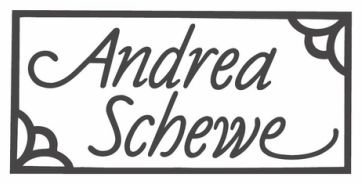

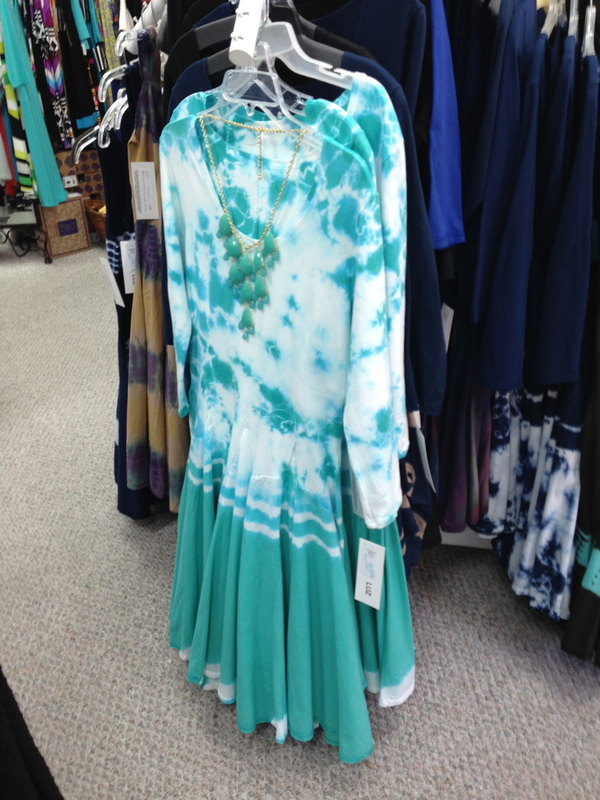
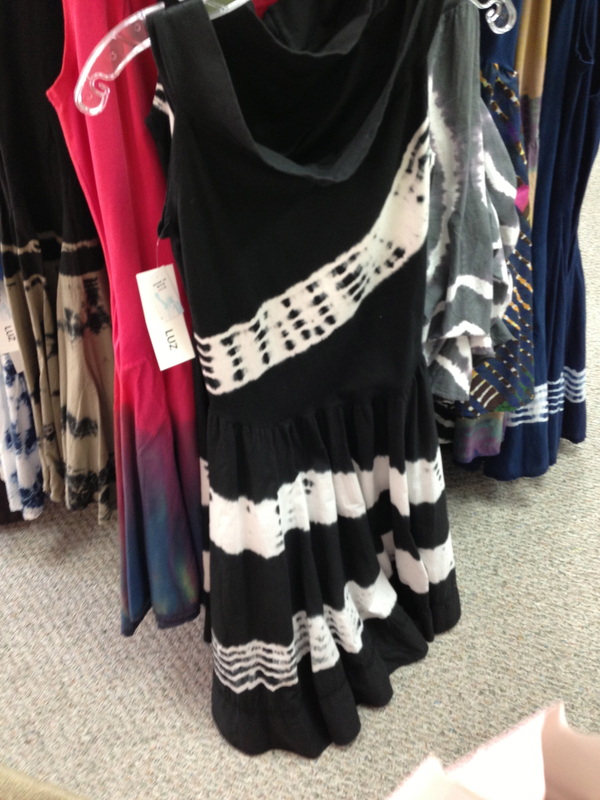
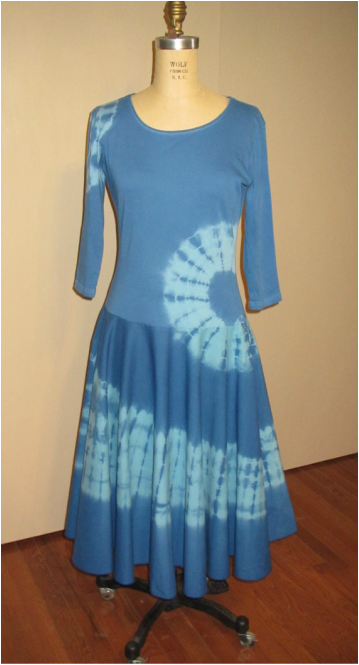
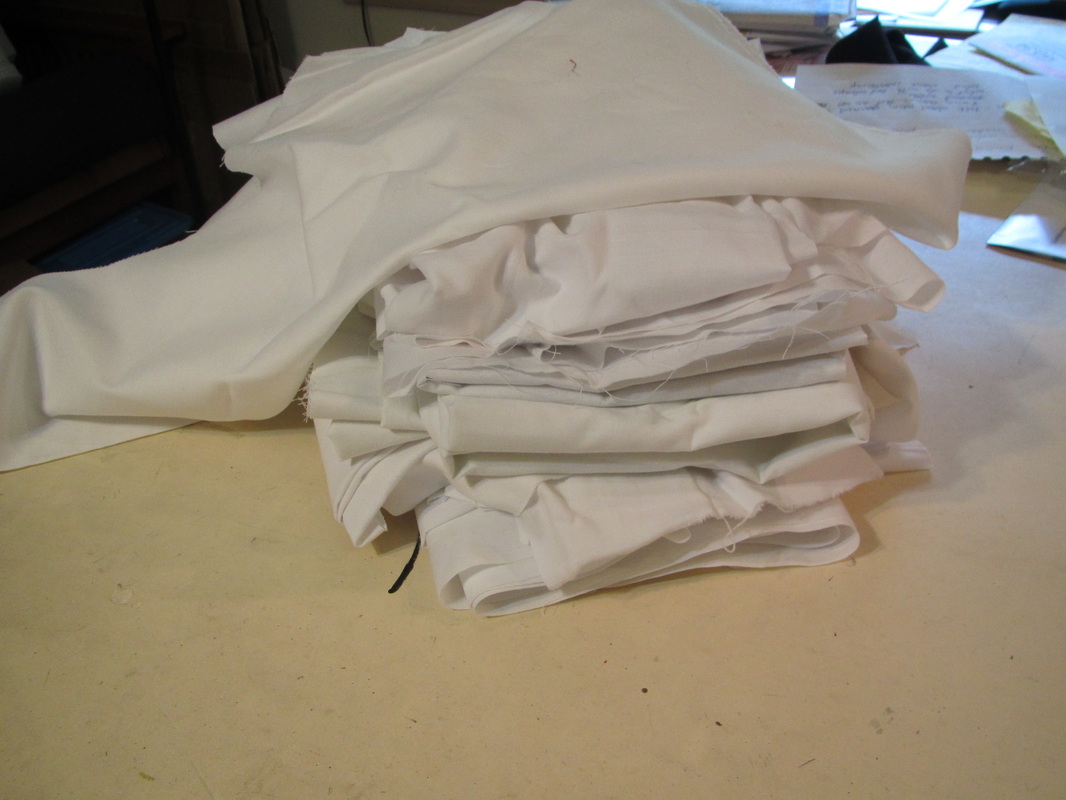
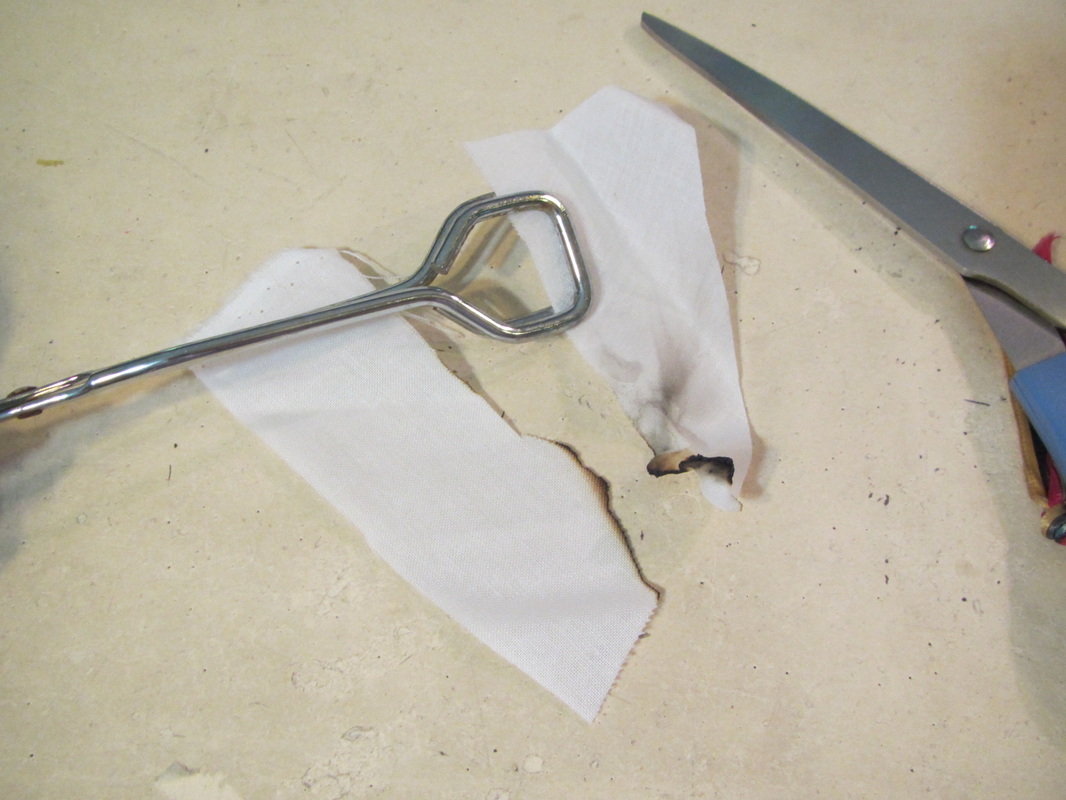
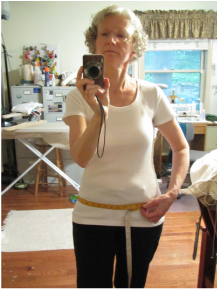
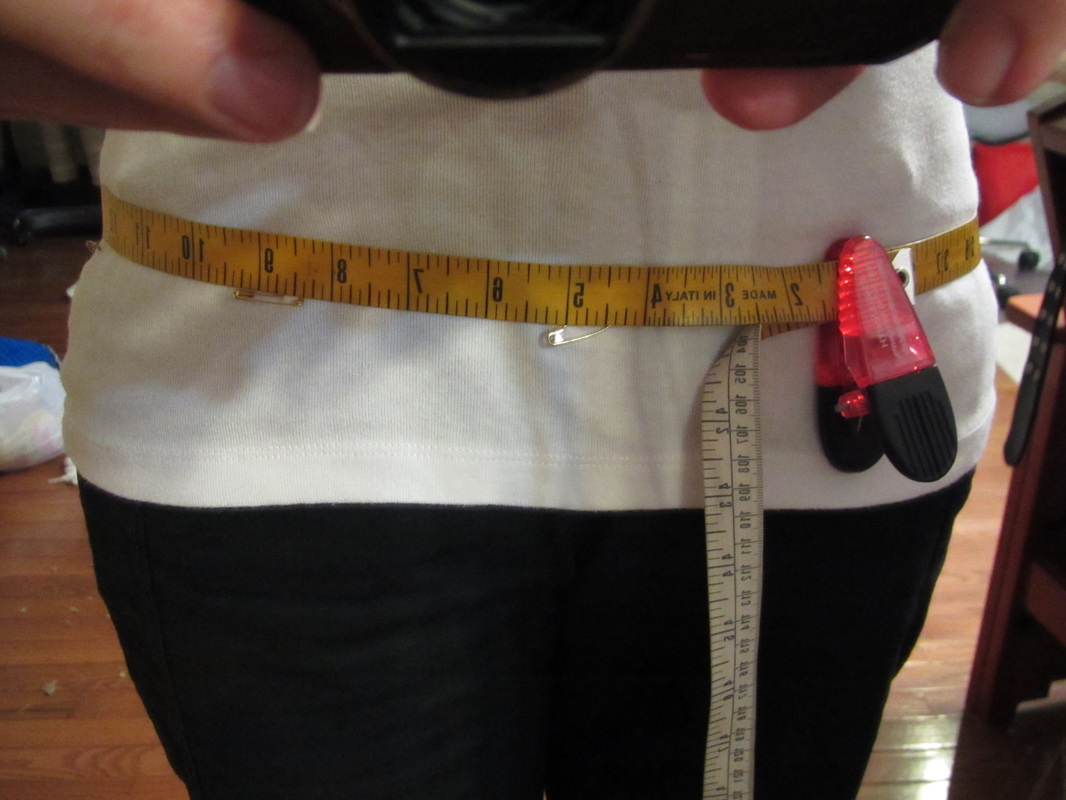
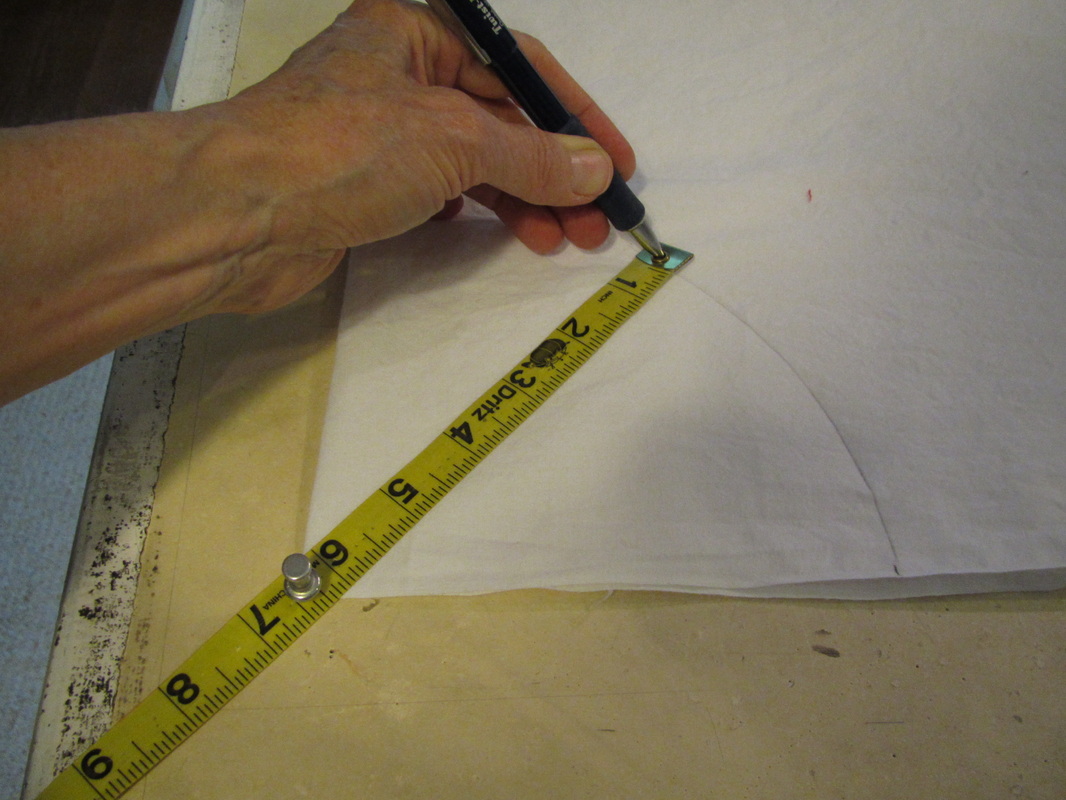
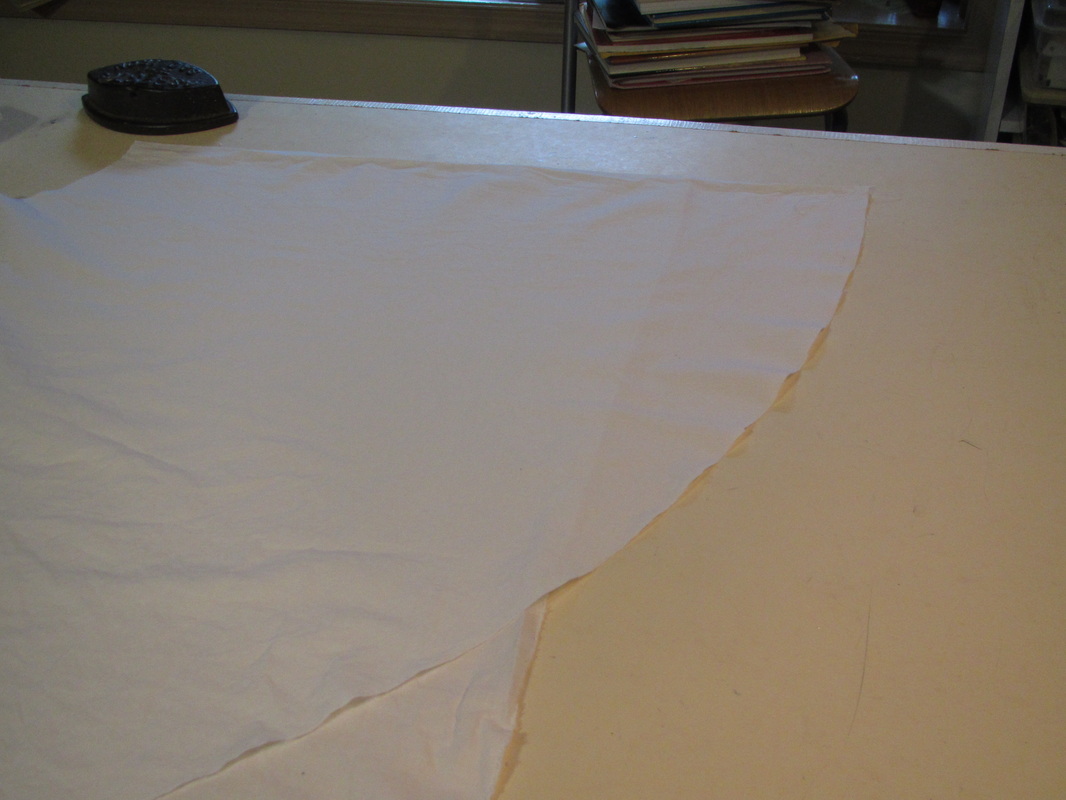
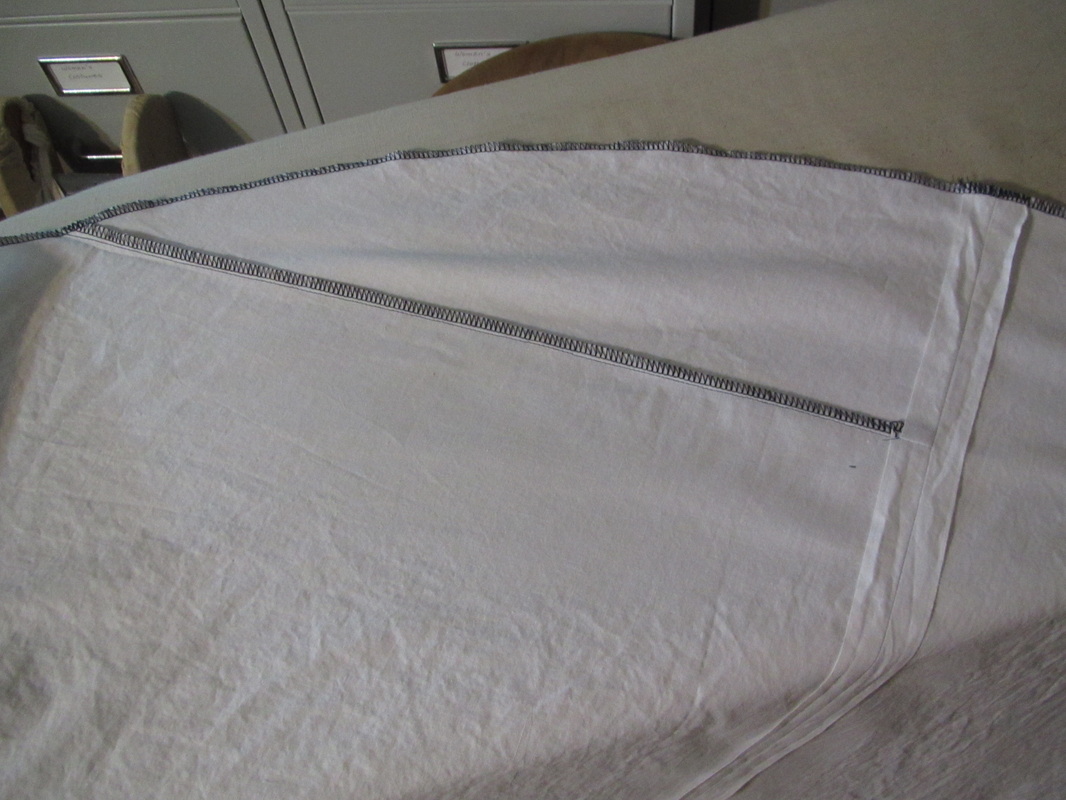
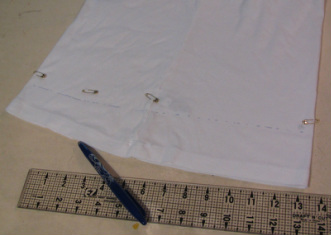
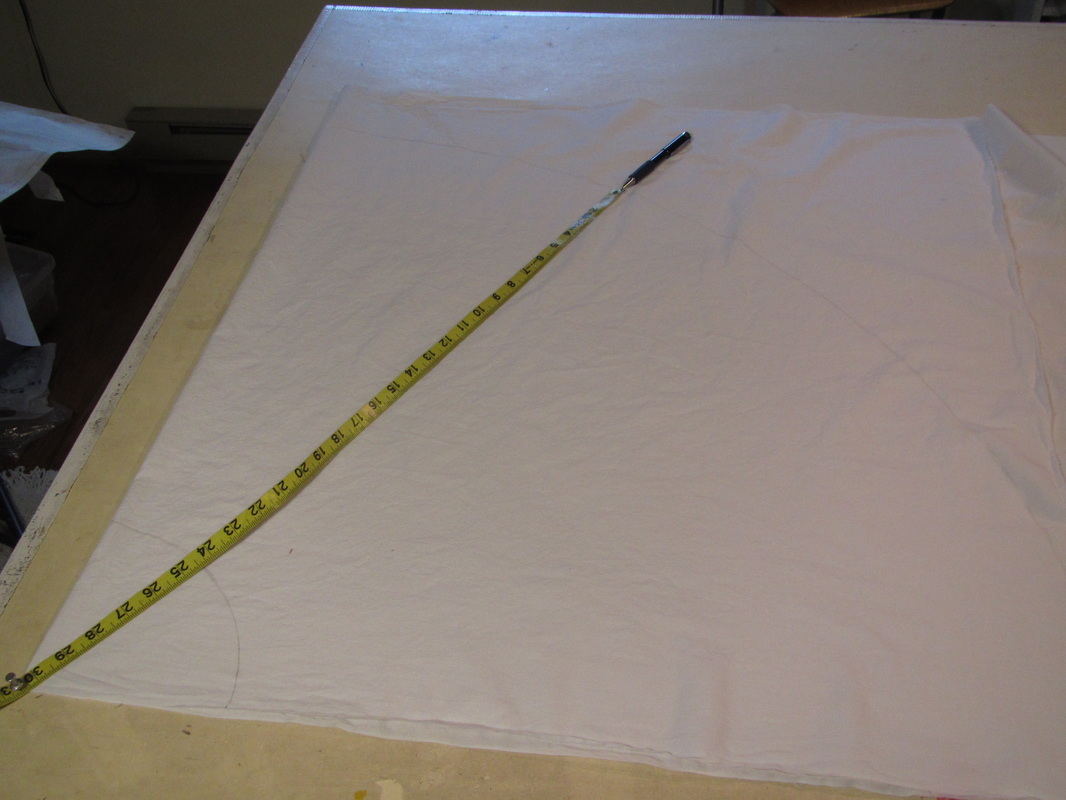
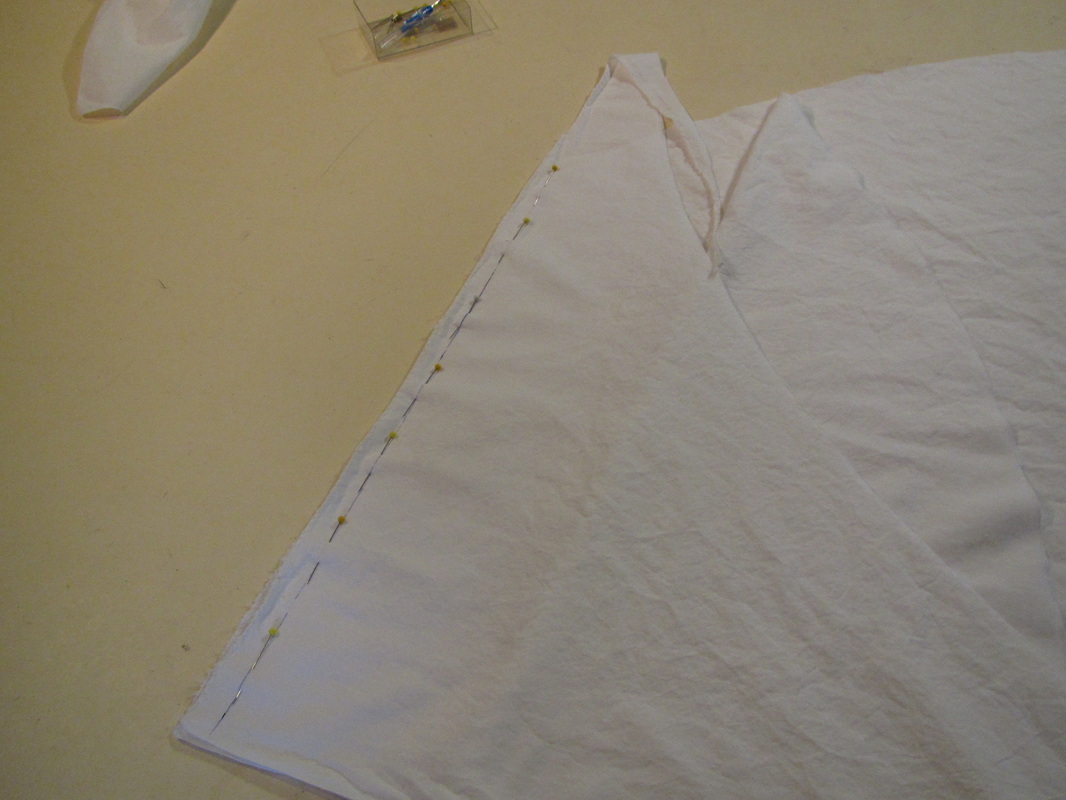
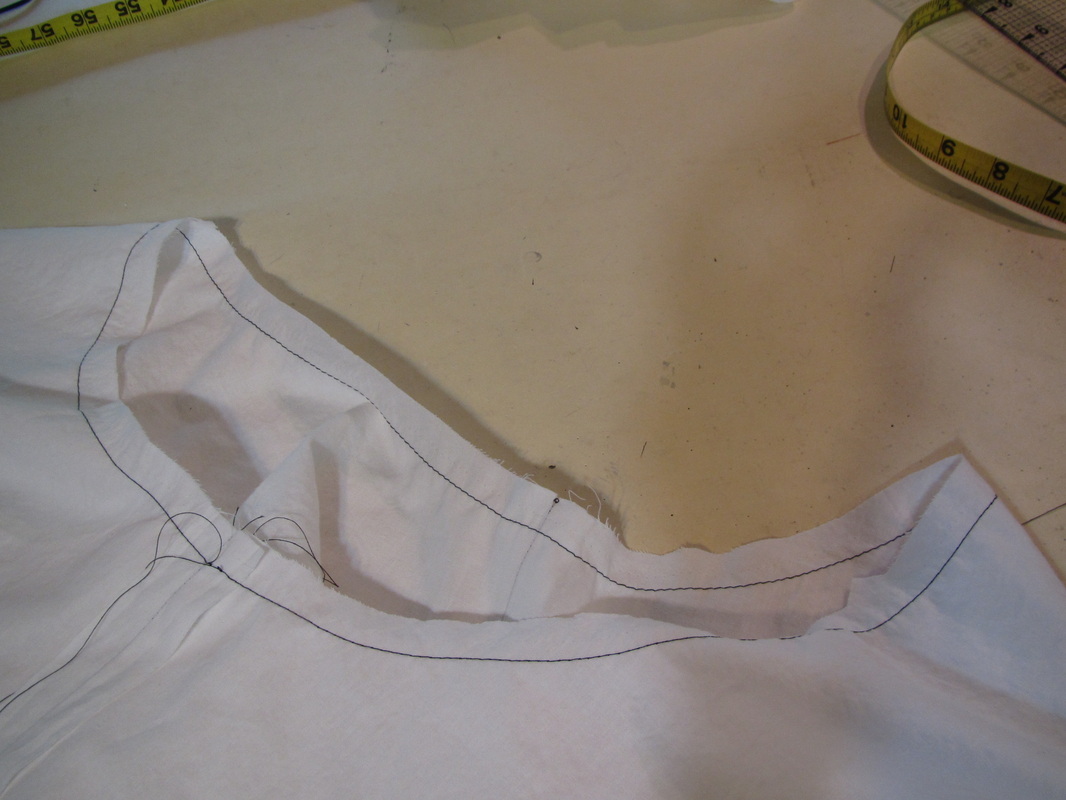
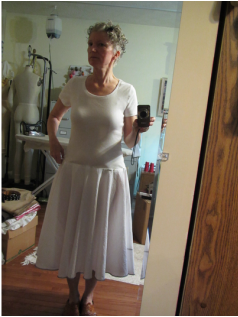
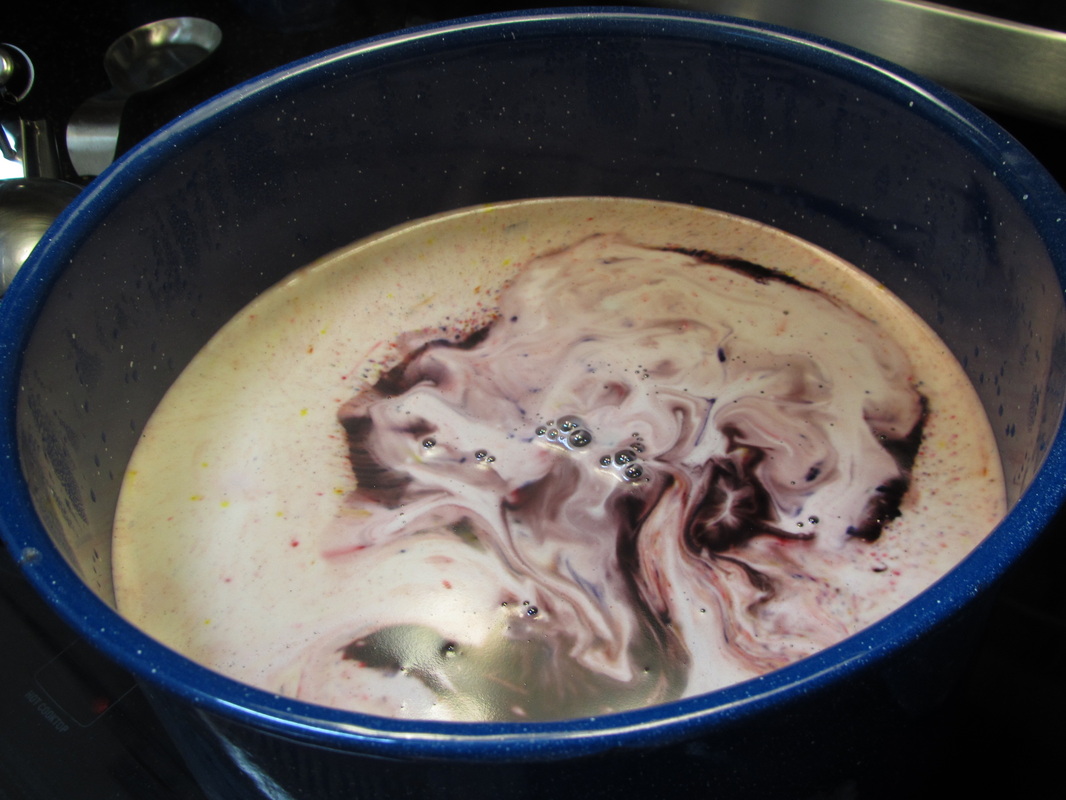
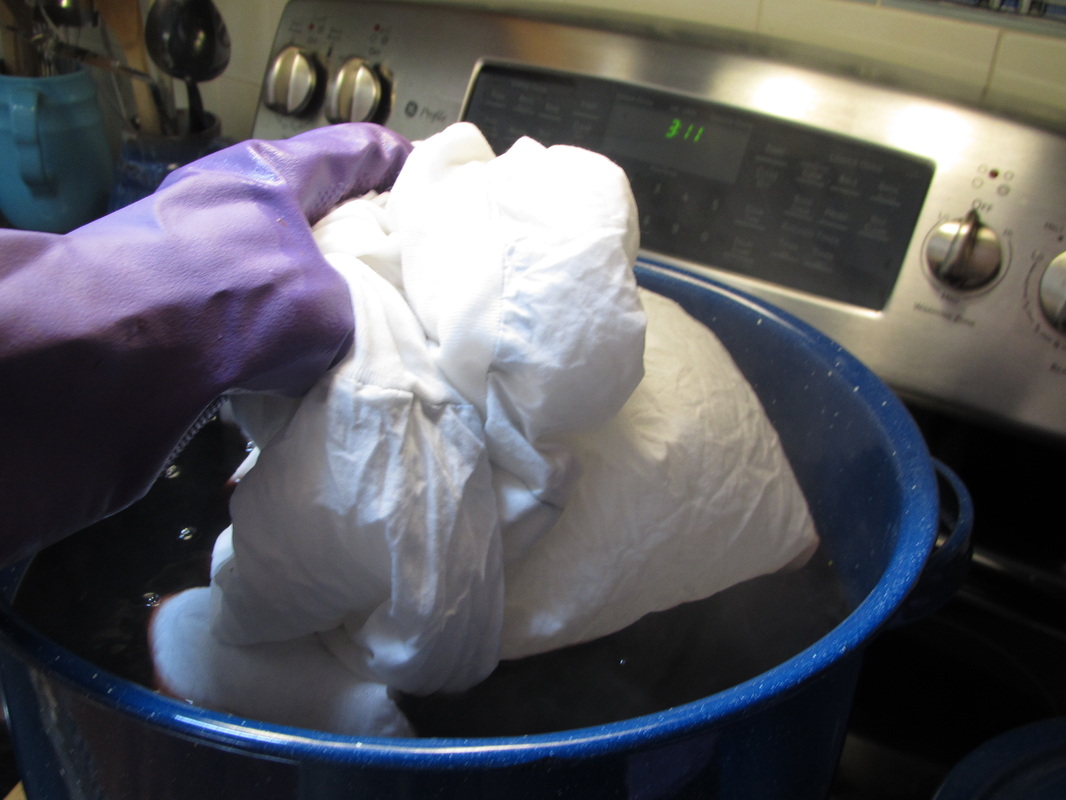
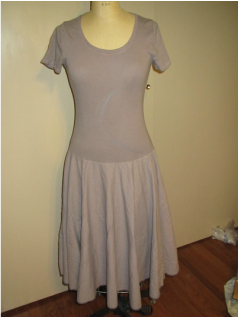
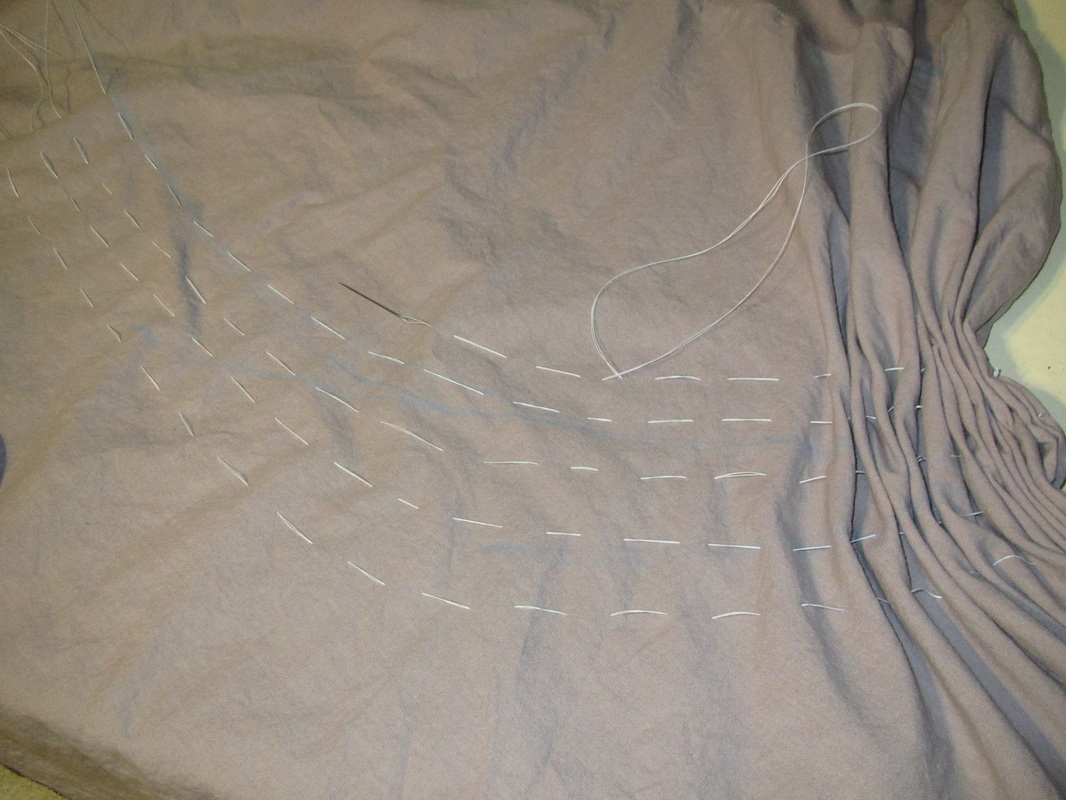
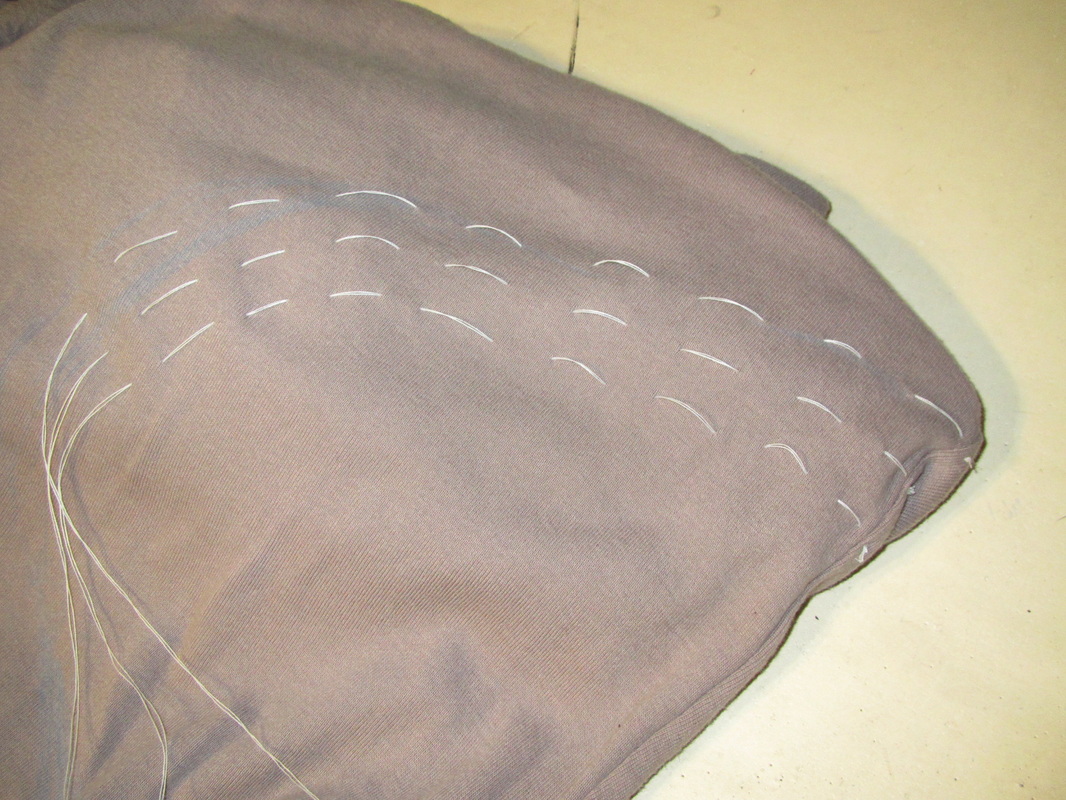
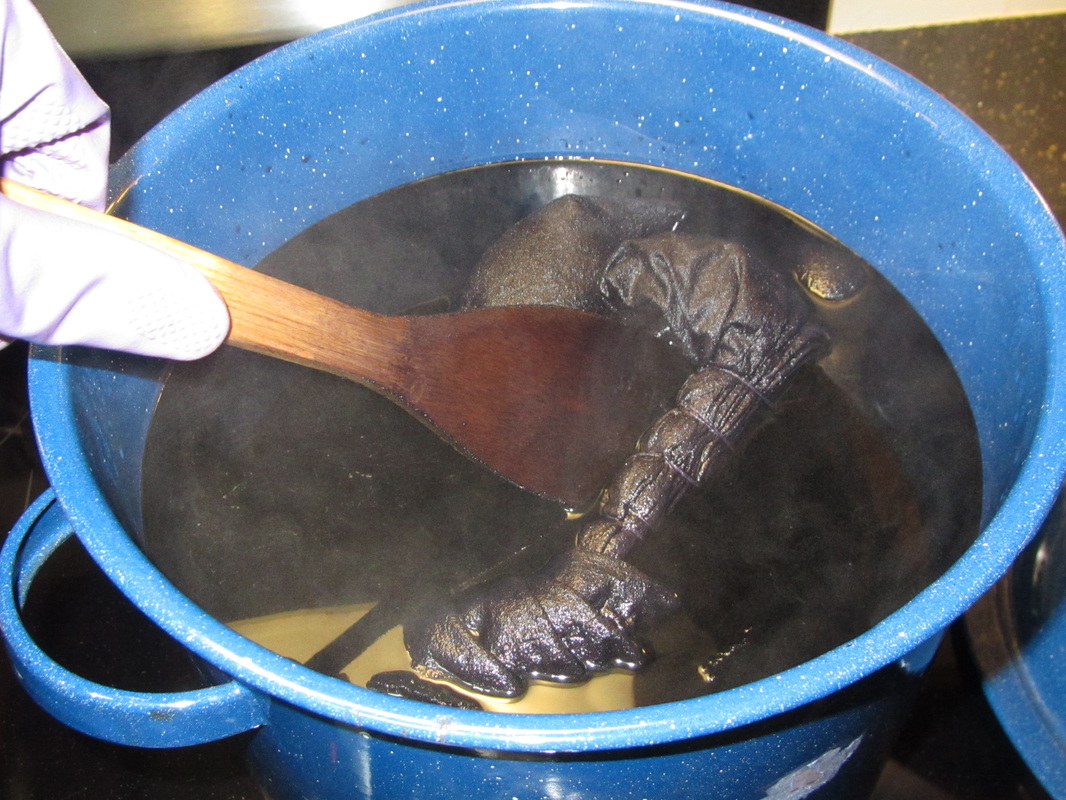
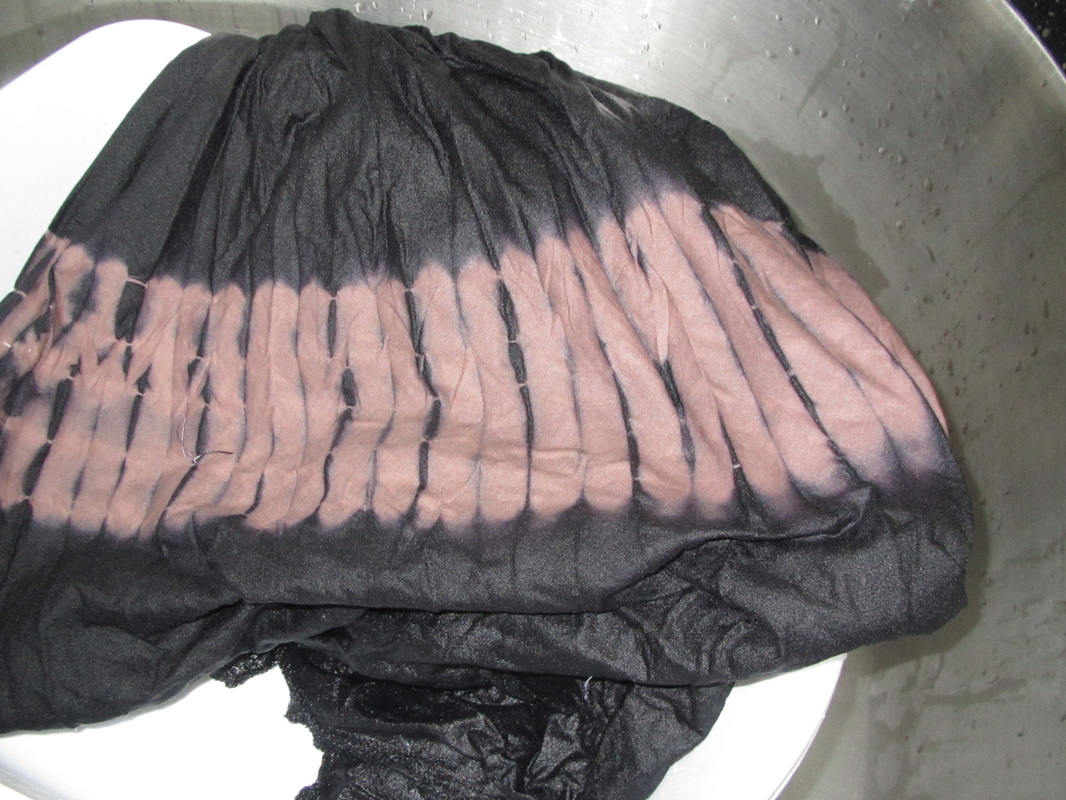
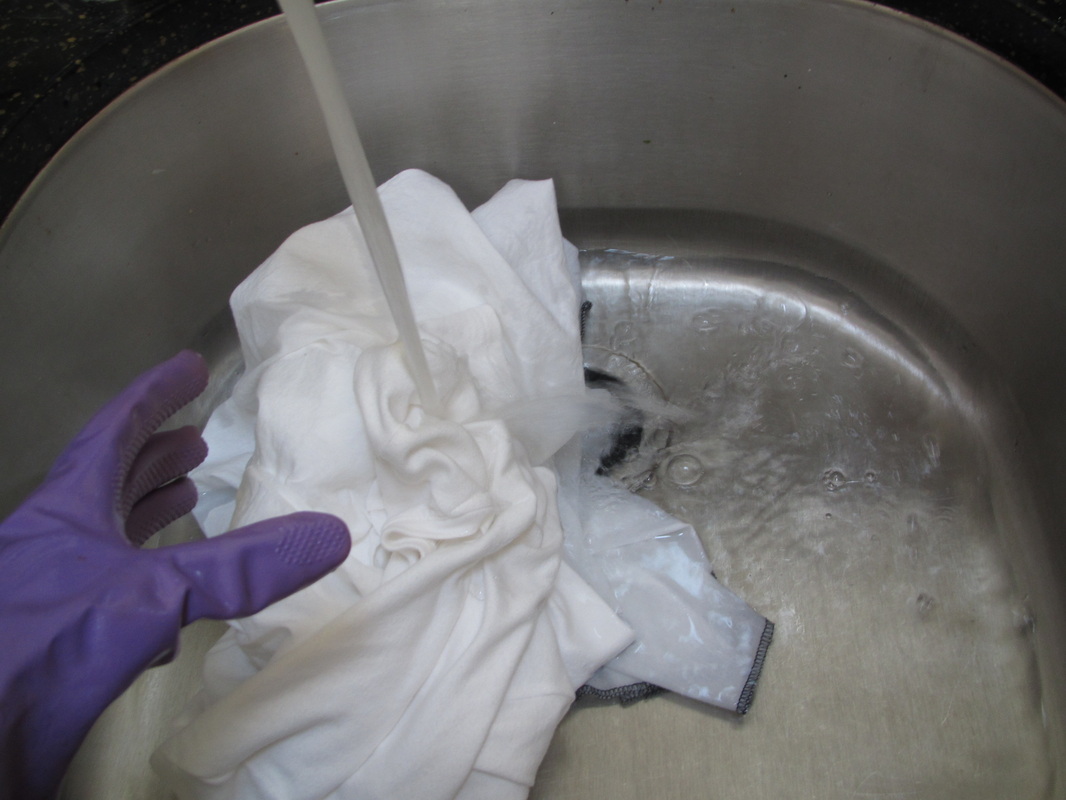
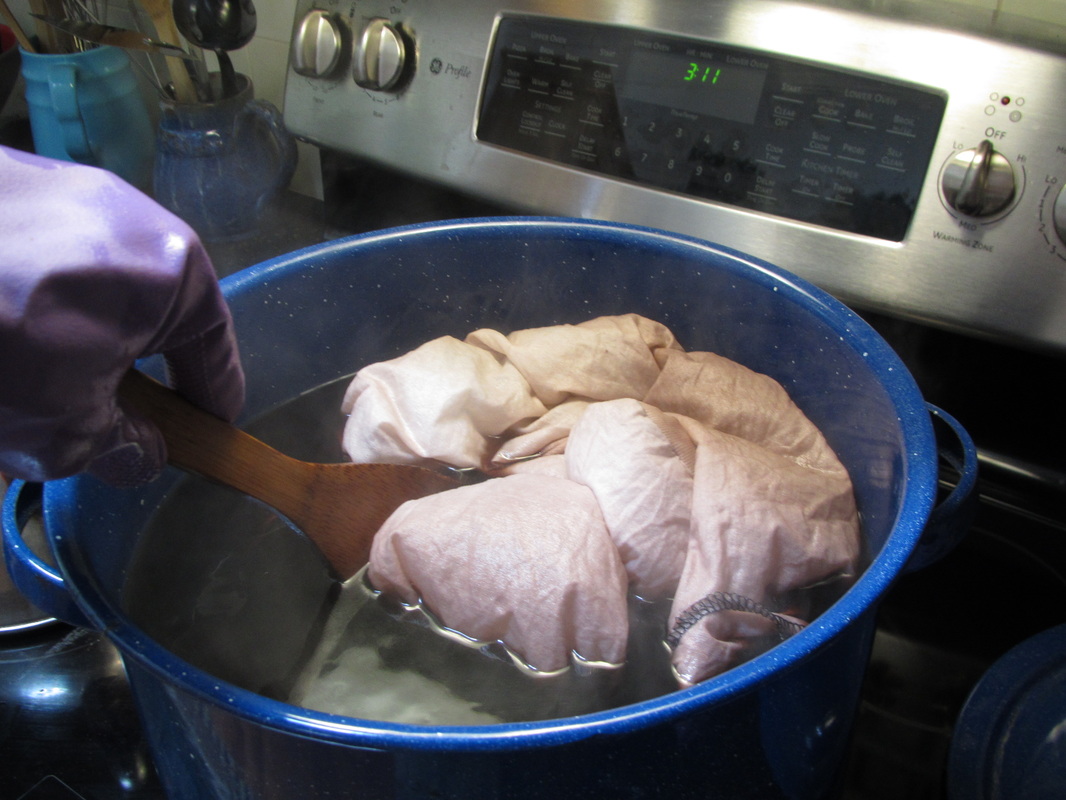
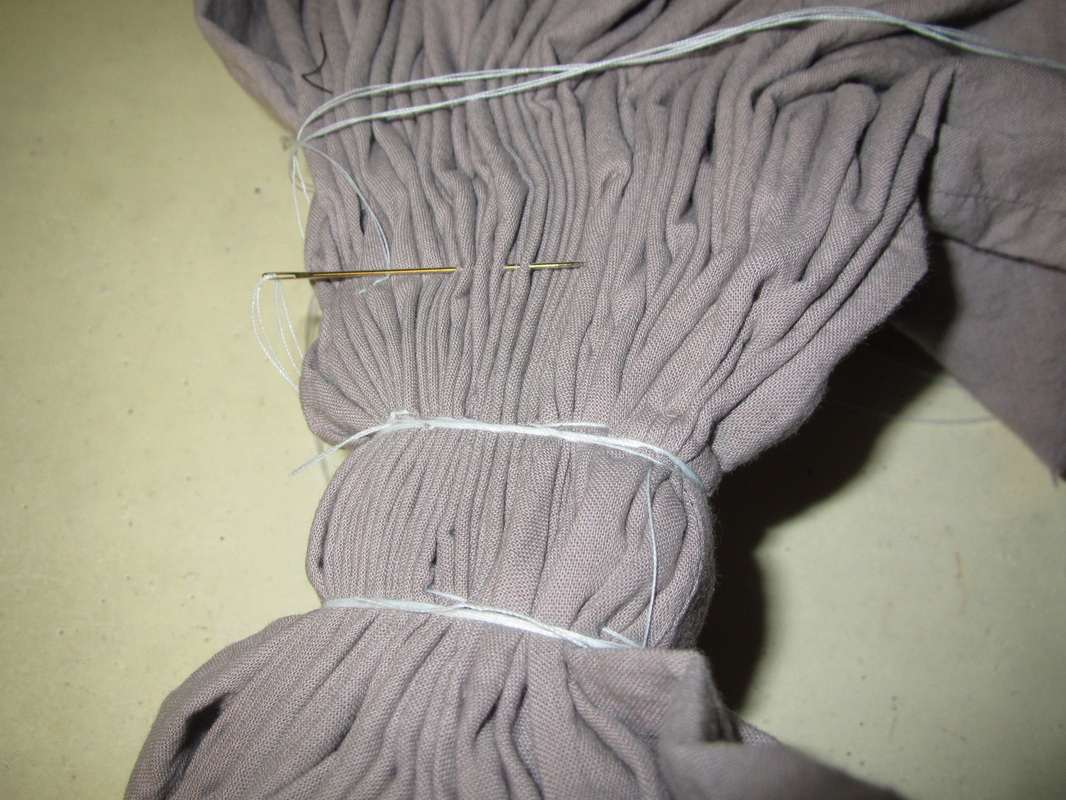
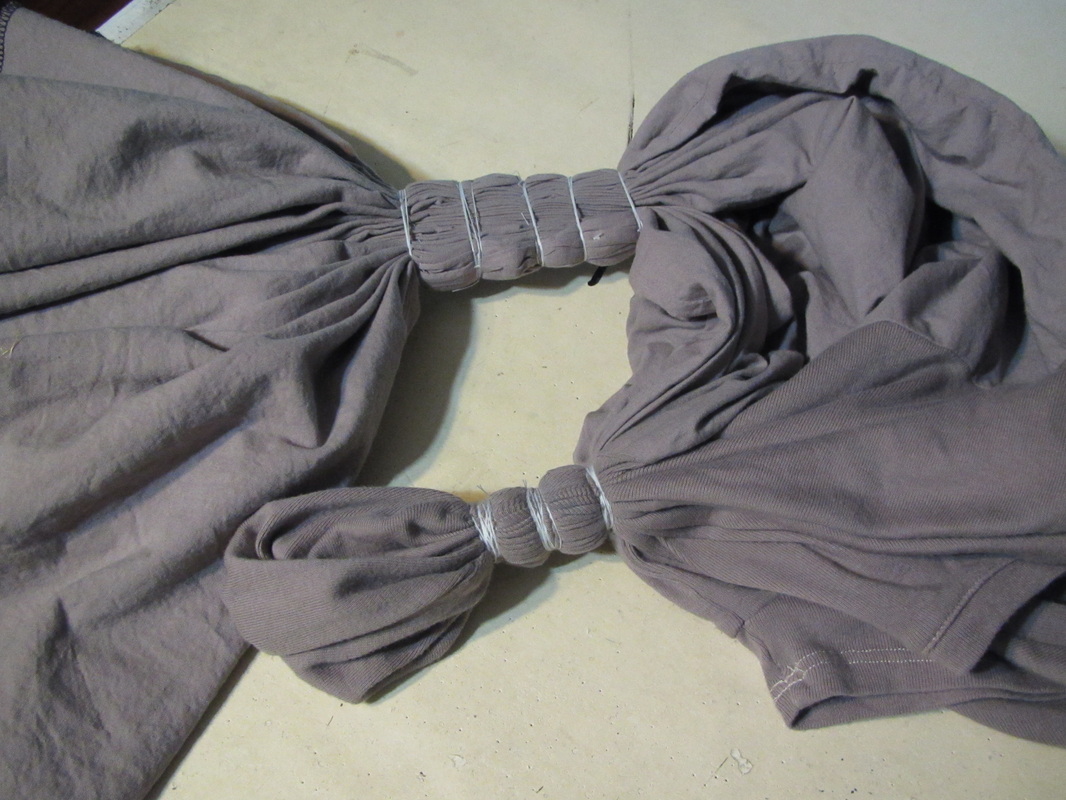
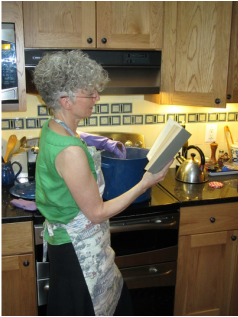
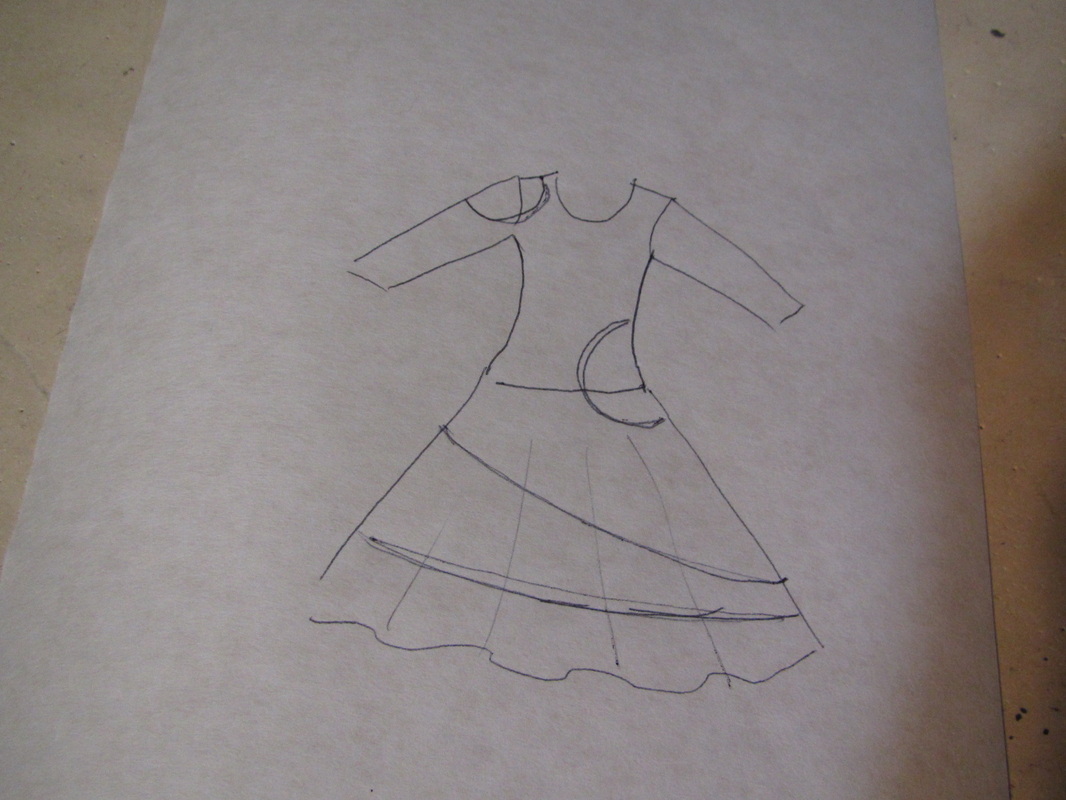
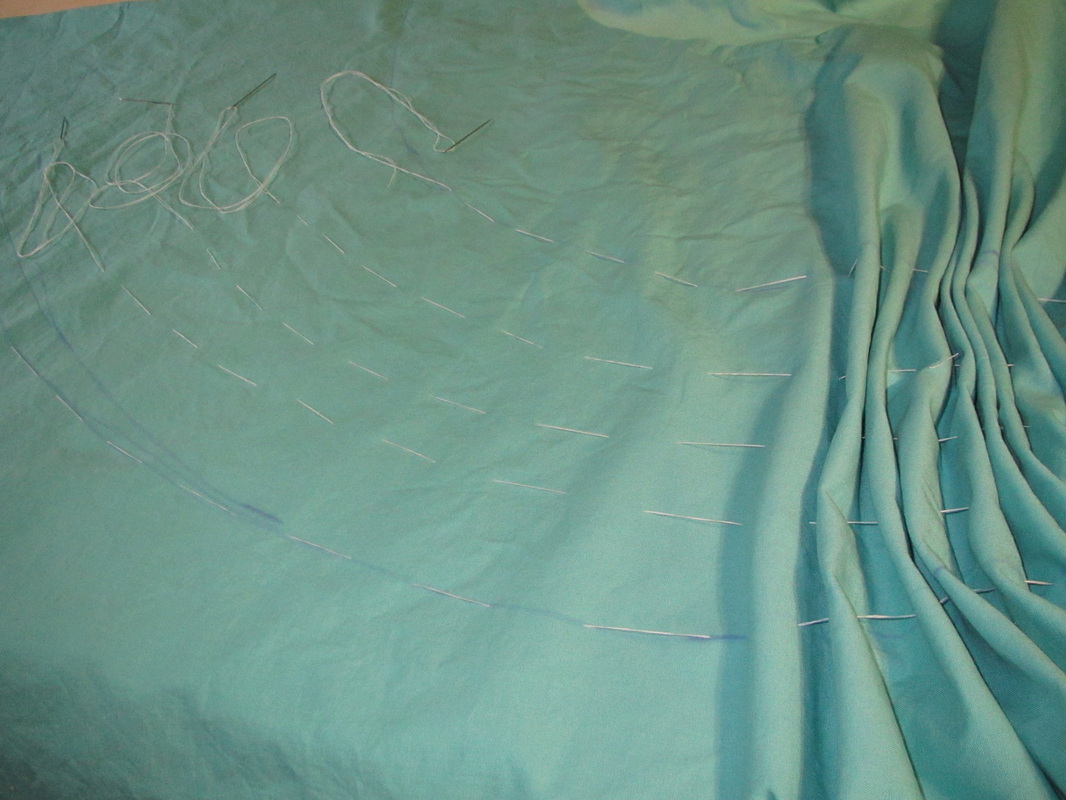
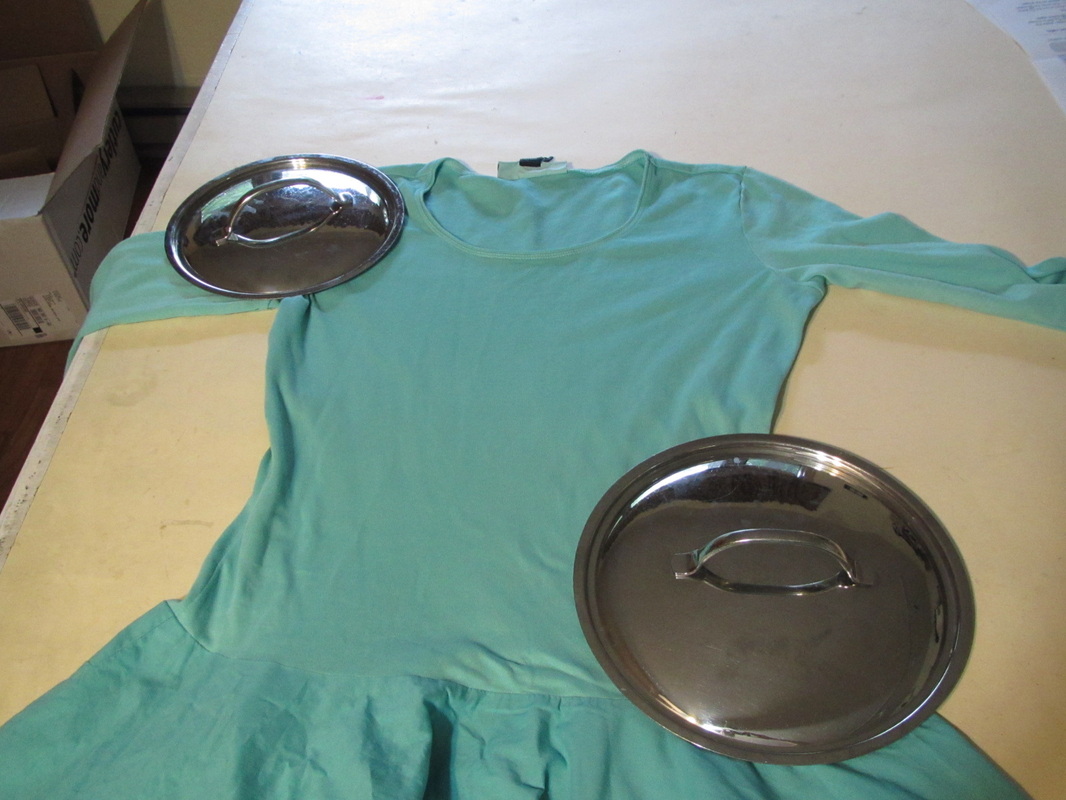
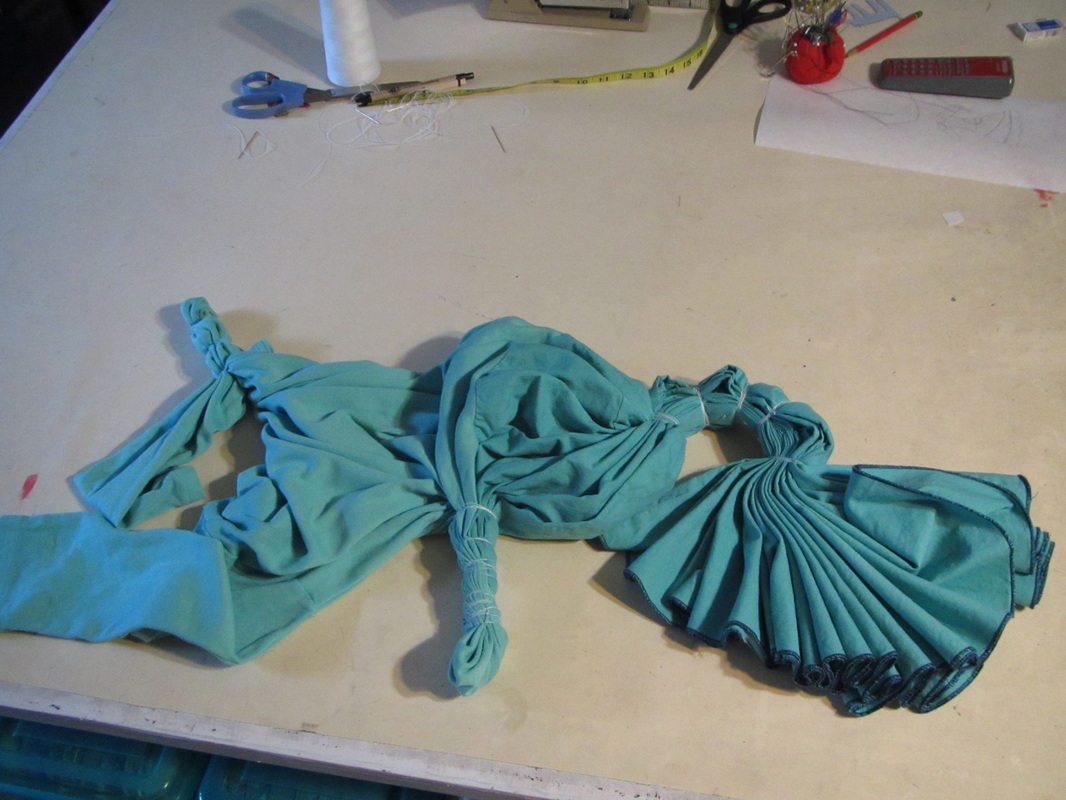
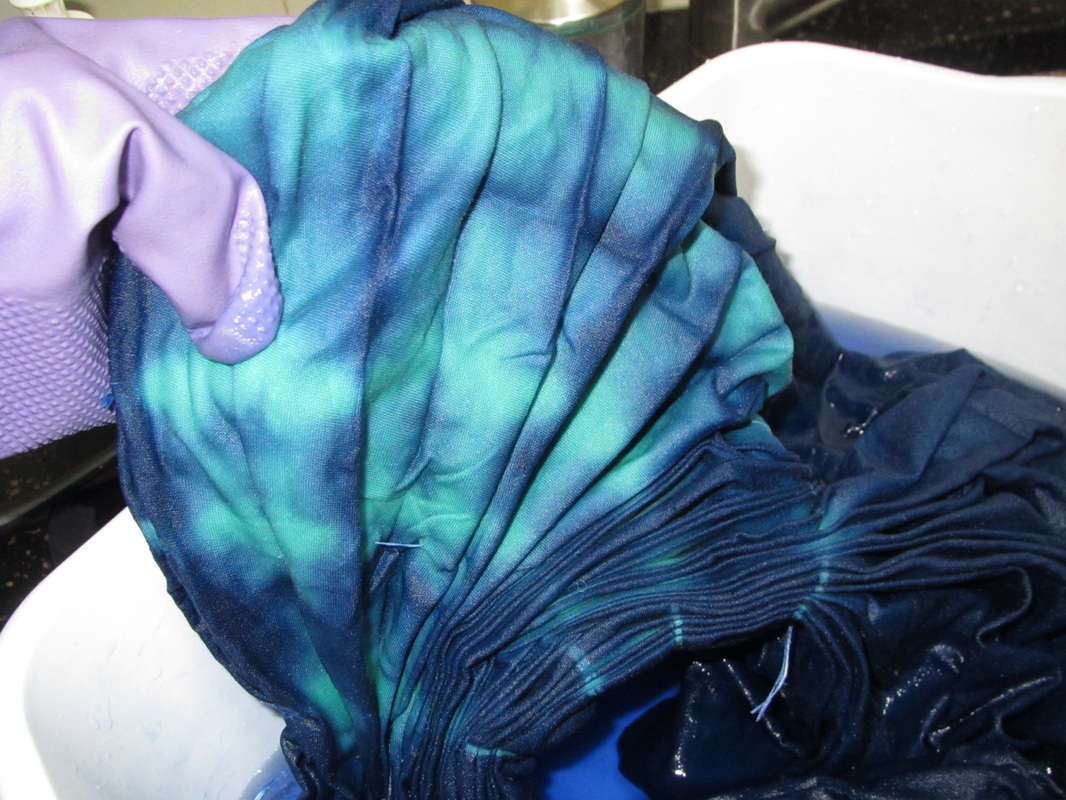
 RSS Feed
RSS Feed